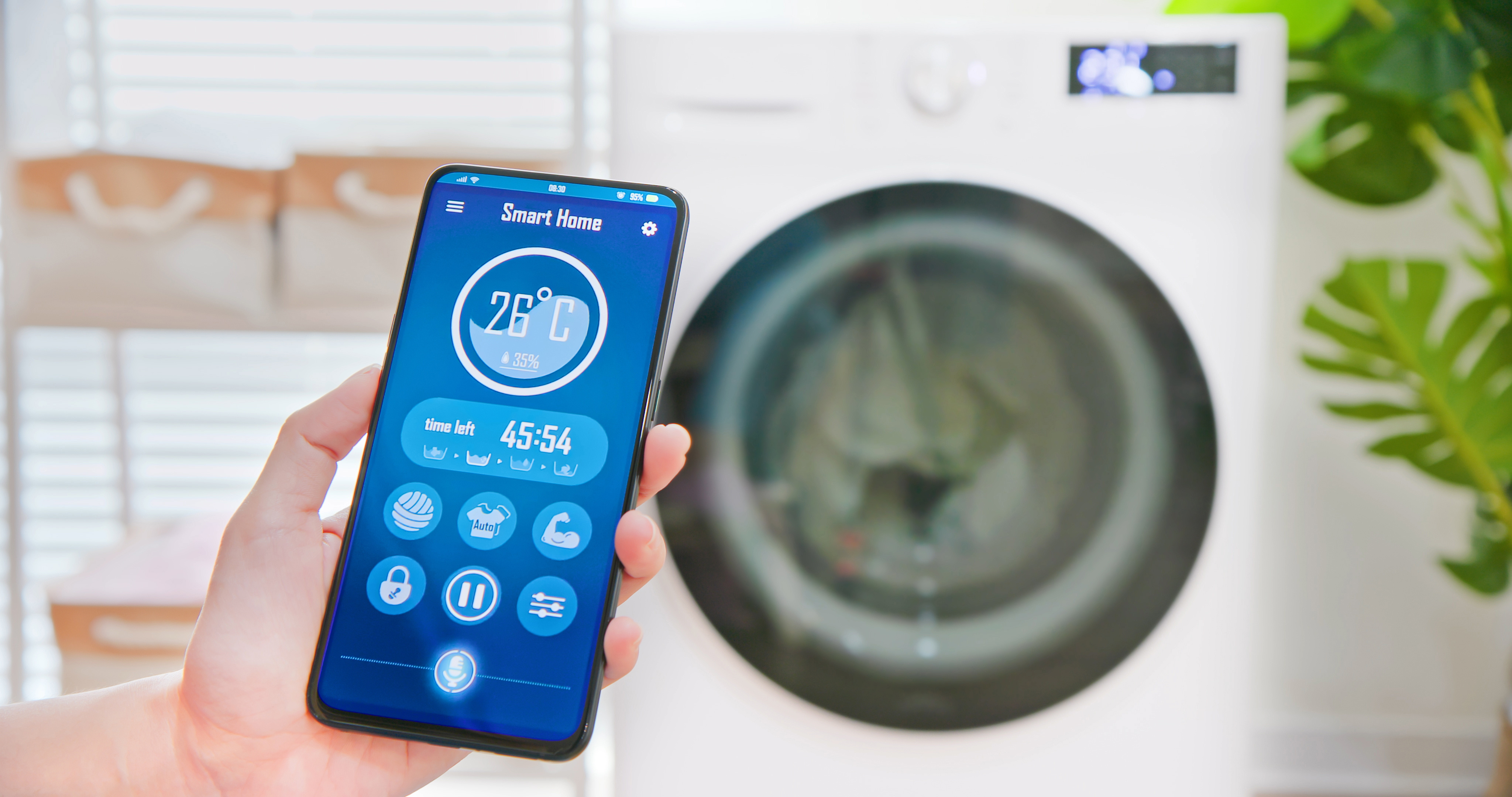Intelligent Scoring IC
Artificial Intelligence (AI) and Machine Learning (ML) technologies are transforming the education sector, especially in the area of grading and assessment. Combined with Nuvoton MCUs and TinyML technology, a more efficient grading process can be achieved.
1. Automated Grading: Nuvoton MCUs and TinyML technology can be utilized to develop automated grading systems that can evaluate essays, papers, and quizzes based on predefined criteria and rubrics. Teachers can provide initial grading, and machine learning algorithms can analyze these grades and make further assessments. This can significantly reduce grading time, allowing teachers to focus more on teaching and mentoring.
2. Multilingual Support: Nuvoton MCUs and TinyML technology can easily enable multilingual support, which is crucial for grading software. Regardless of the language in which a paper or quiz is written, the grading system can swiftly and accurately evaluate it. This can better cater to the needs of global education.
3. Real-Time Feedback: By leveraging Nuvoton MCUs and TinyML technology, real-time feedback can be provided to students during assessments. The system can analyze student responses and offer immediate feedback, helping them identify areas for improvement and reinforce correct answers. This promotes a more interactive and personalized learning experience.
4. Data-Driven Insights: Nuvoton MCUs and TinyML technology facilitate the collection and analysis of data related to student performance. This data can be used to identify trends, patterns, and areas where students may require additional support. Teachers can utilize these insights to tailor their teaching strategies and provide targeted interventions to improve student outcomes.
5. Fair and Unbiased Grading: Nuvoton MCUs and TinyML technology can help mitigate bias in grading by ensuring consistent and objective evaluations. The algorithms are trained on large datasets and can be fine-tuned to minimize subjectivity and promote fairness. This leads to more accurate and reliable grading practices.
6. ntegration with Learning Management Systems: Nuvoton MCUs and TinyML technology can be seamlessly integrated with existing Learning Management Systems (LMS). This allows for easy access to grading tools, real-time feedback, and data analytics within the familiar LMS environment. This integration enhances the overall efficiency and user experience for both teachers and students.
By harnessing the power of Nuvoton MCUs and TinyML technology, educational institutions can revolutionize their grading and assessment processes. These technologies offer the potential to automate grading tasks, provide real-time feedback, generate data-driven insights, and promote fair and unbiased evaluations. This ultimately leads to improved teaching practices, enhanced student learning outcomes, and a more effective and engaging educational experience.
| Applicable Development Platforms | |
|---|---|
|
NuMaker-HMI-MA35D1-S1 |
1. Speech Recognition Example: Oral Test Scoring System Utilizes a microphone to capture students' spoken responses, MA35D1 processes speech data, recognizes students' answers, and conducts preliminary scoring.
2. Object Detection and Classification Example: Automated Grading of Visual Artworks Camera captures students' artworks, MA35D1 processes image data, recognizes and classifies elements of the artwork, contributing to the grading process.
3. Biometric Recognition Example: Student Authentication Utilizes facial or fingerprint recognition to ensure test integrity; MA35D1 processes biometric data, verifying the identity of the test taker.
4. Real-time Recognition Example: Online Exam Proctoring Camera monitors online exams in real-time, MA35D1 analyzes video data, identifying cheating or other exam irregularities |
|
NuMaker-HMI-M467 NuMaker-IoT-M467 |
1. Sensor Fusion Example: Test Environment Monitoring Combines sensors for temperature, humidity, sound, etc., Cortex-M4 analyzes data, ensuring a suitable test environment free from distractions.
2. Vibration Detection Example: Analysis of Writing Process Utilizes vibration sensors on the desk to monitor students' writing process. Cortex-M4 analyzes writing speed and rhythm, contributing to the assessment of learning efficiency.
3. Anomaly Detection Example: Monitoring for Unusual Behavior During Tests Utilizes audio and video sensors to monitor the testing process. Cortex-M4 analyzes data, identifying any potential cheating or unusual behavior. |
| NuMaker-M55M1 |
1. Keyword Detection Keyword detection is crucial in intelligent grading systems, especially in speech-driven grading systems. By identifying specific keywords or phrases, the system can quickly respond to user queries and provide corresponding grading results or feedback.
2. Anomaly Detection Anomaly detection plays a critical role in intelligent grading, particularly in monitoring system performance and grading accuracy. By identifying anomalous patterns in the data, the system can raise timely alerts for potential issues, thus safeguarding the accuracy and reliability of the grading process.
3. Object Detection Object detection techniques can be employed to automatically recognize and classify grading objects. For instance, in automated testing systems, object detection helps in the rapid identification and classification of different test samples, enhancing grading efficiency.
4. Gesture Sensing In interactive intelligent grading systems, gesture sensing technology allows users to interact and control the system using simple gestures. This enhances the system's usability and provides users with an intuitive and efficient mode of interaction.
5. Biometric Recognition Biometric recognition technology finds its application in intelligent grading systems for authentication and personalization purposes. This ensures the security and personalization of the grading process, especially in scenarios involving sensitive data or requiring personalized feedback.
6. Speech Recognition Speech recognition technology enables intelligent grading systems to accept and process voice commands, offering users a convenient and quick mode of interaction. This is particularly valuable in scenarios where rapid collection of feedback and grading is required.
7. Object Classification Object classification is used in intelligent grading to automatically recognize and classify grading items, improving the accuracy and efficiency of grading. This is especially important when dealing with large volumes of data and requiring rapid generation of grading results.
8. Real-time Recognition Real-time recognition technology provides intelligent grading systems with the ability to respond instantaneously, particularly in interactive learning or real-time feedback systems. This technology ensures the timeliness and relevance of grading results. |




